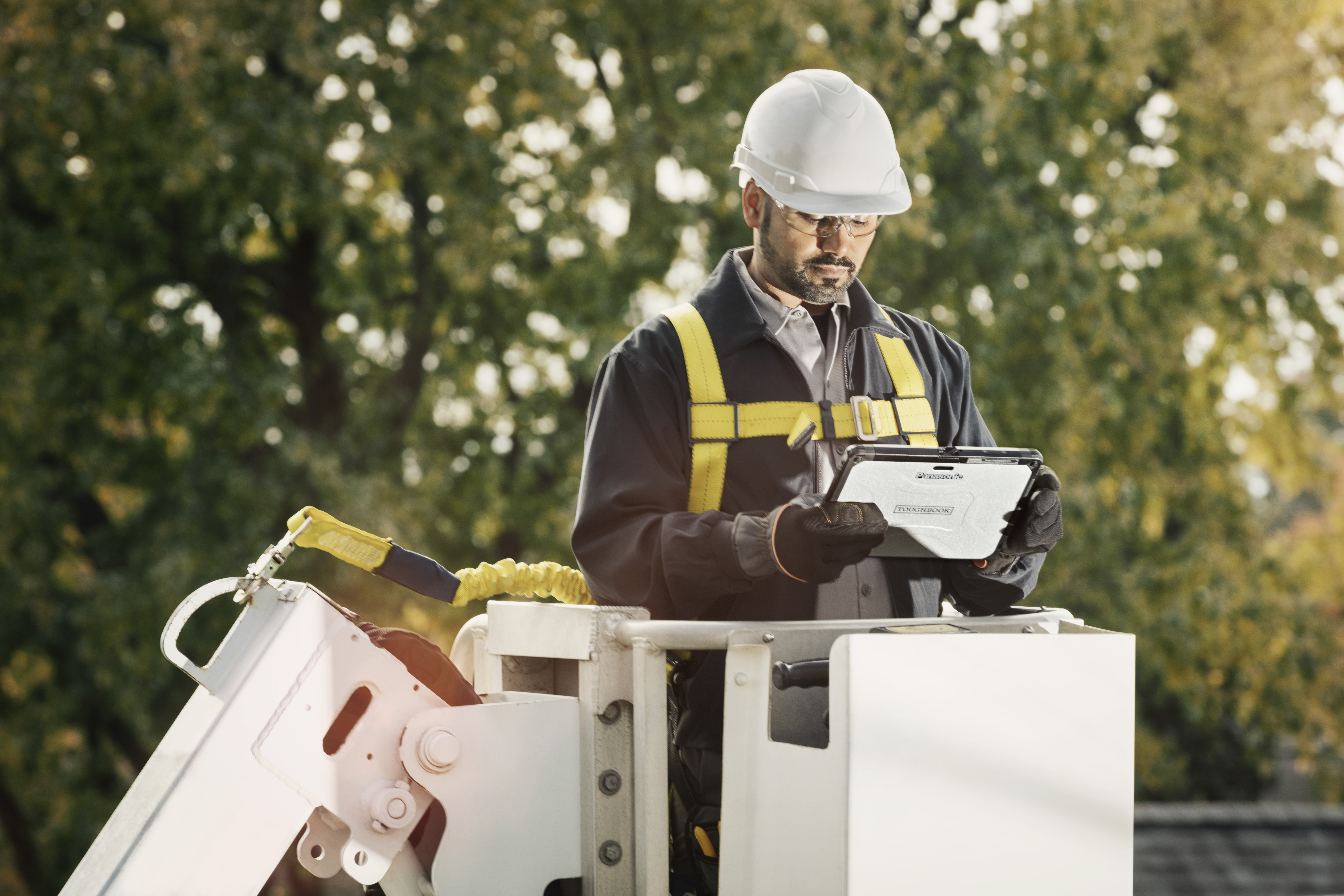Upgrading to Windows 11: Should you DIY?
Microsoft has implemented a phased rollout for Windows 11 since releasing the operating system in October 2021. As public sector agencies, utilities and enterprises consider upgrading to Windows 11 from Windows 10, many may remember the hassles and challenges associated with the migration from Windows 7 when Microsoft stopped supporting that OS in 2020.
Failing to make the previous transition from Windows 7 to Windows 10 posed significant risks for public sector agencies. An unpatched operating system has potential to cause real security problems. For police departments specifically, an unpatched OS means restricted access to CJIS databases, leaving yourself open to security vulnerabilities, and having to go without important apps whose updates are no longer compatible with the old OS.
Fortunately, upgrading to Windows 11 should be much less scary. Windows 11 is based on Windows 10 base code, which means the apps that run on one will also typically run on the other. Additionally, Windows 10 security and functionality updates should continue to roll out as late as October 2025 depending on the version you have.
Why move to Windows 11?
The sooner your organization upgrades to Windows 11, the sooner you and your end users will reap the benefits. For example, it’s faster. In general, Windows 11 boots, sleeps and wakes faster than Windows 10. Windows 11 also features more advanced capabilities and user-friendly features, such as smoother functionality and compatibility for OneDrive. The new operating system also makes it easier to switch between multiple virtual desktops and work with multiple open windows simultaneously.
Various features that were a big deal with the launch of Windows 10 remain in Windows 11, such as the ability to create different images by job role, like with the Microsoft Deployment Toolkit (MDT) and System Center Configuration Manager (SCCM). This can be beneficial for public safety agencies to set up individual images for sergeants, patrol officers, etc. who need different sets of apps. This not only automates and accelerates workstation setup, but can save agencies a lot of money on software licenses.
The new operating system also features:
- Better credential protection for enterprise devices
- Enhanced phishing protection
- Improved defense against firmware/software attacks
- Optional presence sensing to log users in when they approach and out when they walk away
- More advanced cloud security to facilitate safer hybrid work
Keep in mind:
- Windows 10 21H2 is End Of Life June, 13 2023 for Professional and June, 11 2024 for Enterprise/Education.
- Windows 10 22H2 is the last version of Windows 10 and it is End Of Life October, 14 2025 for both Professional and Enterprise/Education.
Challenges with DIY
We recommend starting the upgrade process as soon as you can since it can be time-consuming. Putting together a transition plan will help you avoid downtime and any last minute fire drills. That’s especially true for public safety organizations with smaller IT departments that spend their time dealing with everything from login to hardware problems. Adding the responsibility of keeping current with changes to Windows and the Windows toolkit can easily create an overburdened IT staff.
There are plenty of other challenges as well, including:
- Single image: Windows 11 does not allow for image cloning to help Microsoft track illegal versus legal installations.
- Disruptive updates: Feature updates could cause your apps to fail. If you don’t plan properly, an upgrade could easily cause a dispatching tool, mapping tool or other critical software to break.
DIY or get help?
There are enough potential hang-ups in the Windows 11 upgrade process to cause many to consider enlisting the help of an outside vendor. By doing so, your organization will experience less downtime and remove the risk of unknowingly being non-compliant.
A knowledgeable technology partner can help you create a customized Windows 11 transition plan that makes sense for your organization. By taking inventory of your critical applications and day-to-day responsibilities, for example, the plan will take into account which applications need to be upgraded or replaced before moving to Windows 11. A trusted third party also can advise your organization on whether it makes sense to remain on Windows 10 for an extended period of time to compensate for budget cycles or application upgrades.
Panasonic, for example, has four levels of support, from the most basic to the most hands on. Depending on your needs, we provide a level of support that corresponds to your number of devices, maintenance preferences and whether you require in-person versus remote service delivery.
Want more information on upgrading to Windows 11? Visit our services page.
![]()


